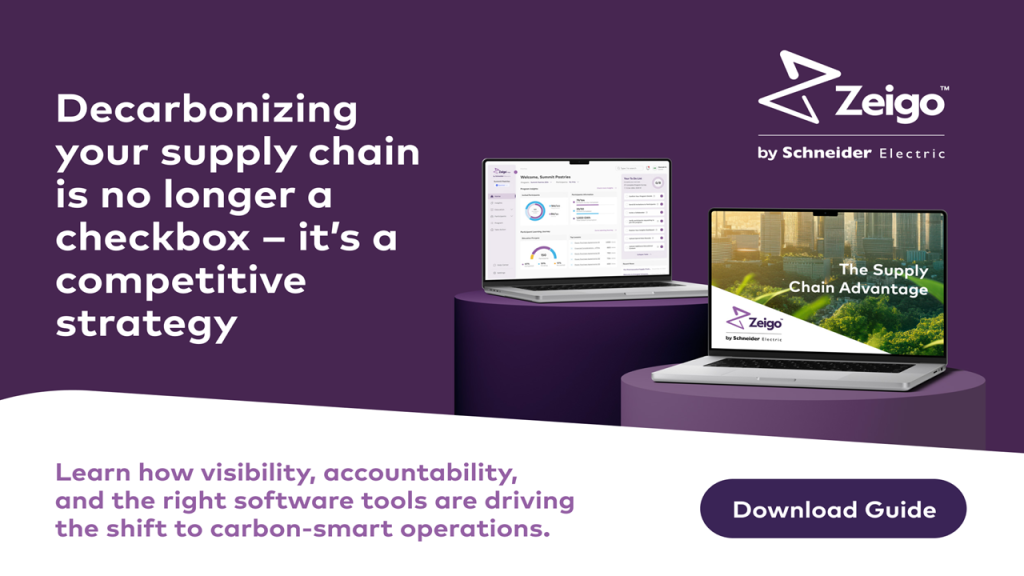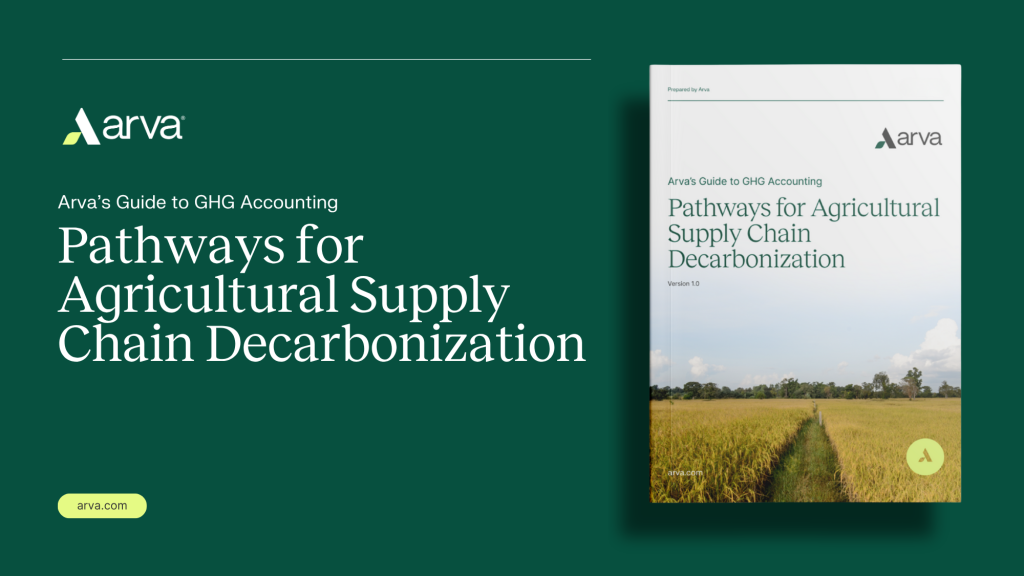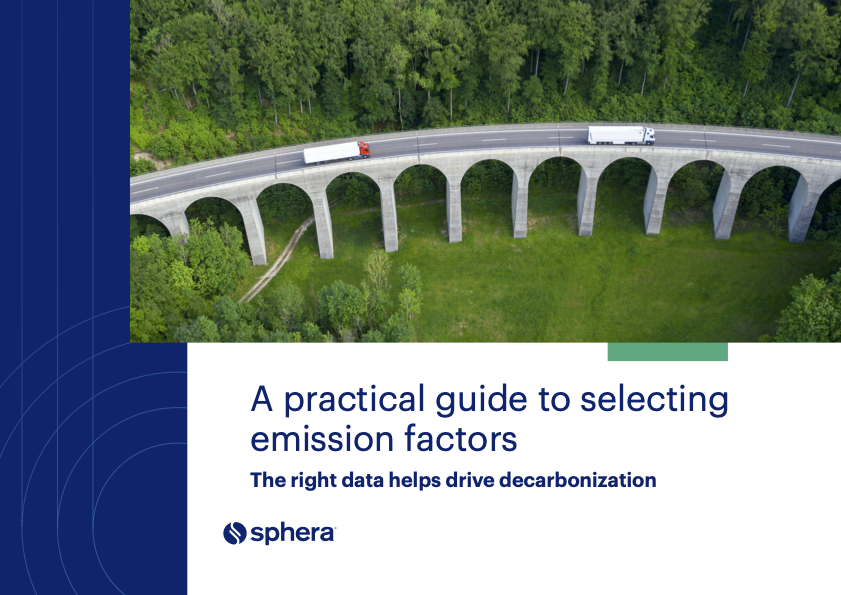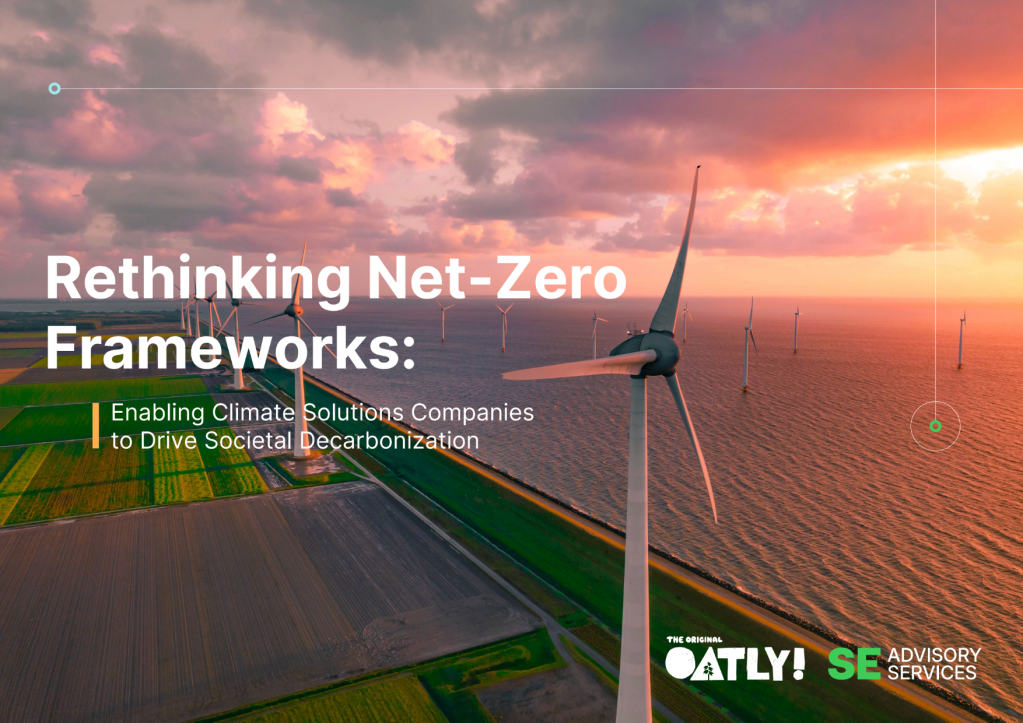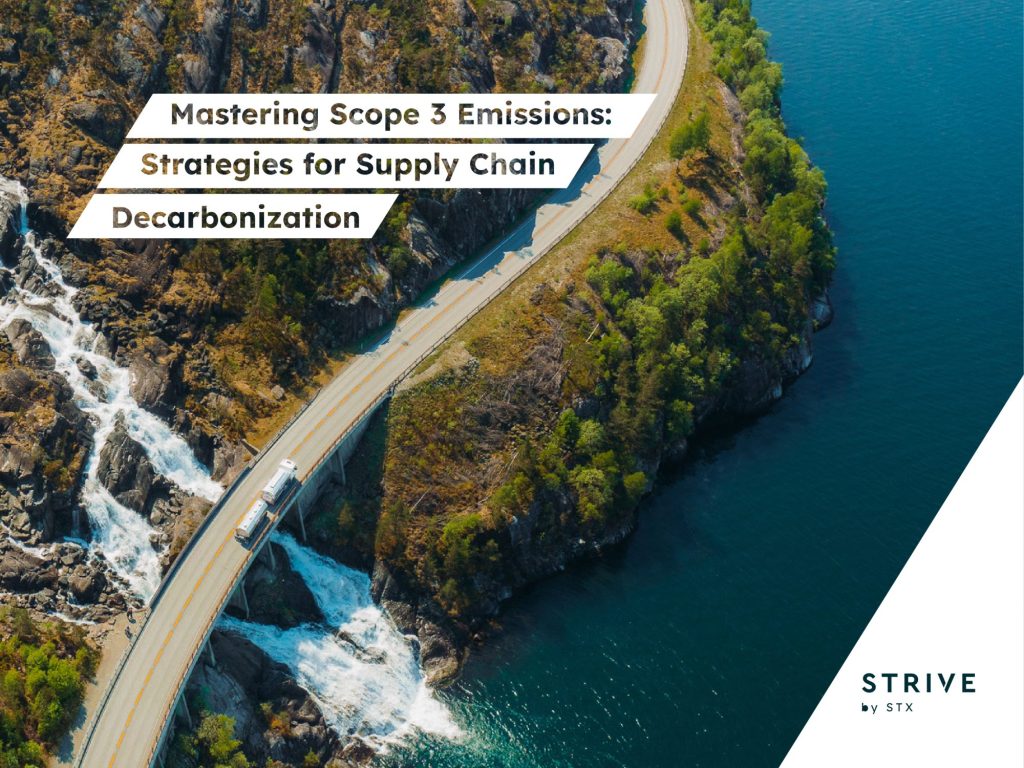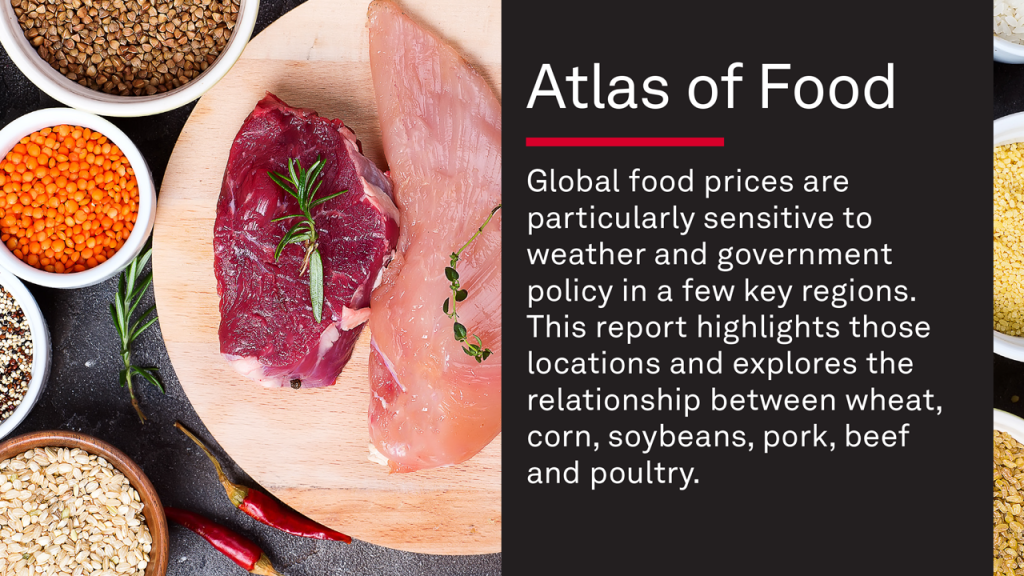These 4 trends are driving the carbon market toward higher prices
Buying by nation states and the spread of compliance schemes are among the factors expected to significantly increase demand for credits. Read More
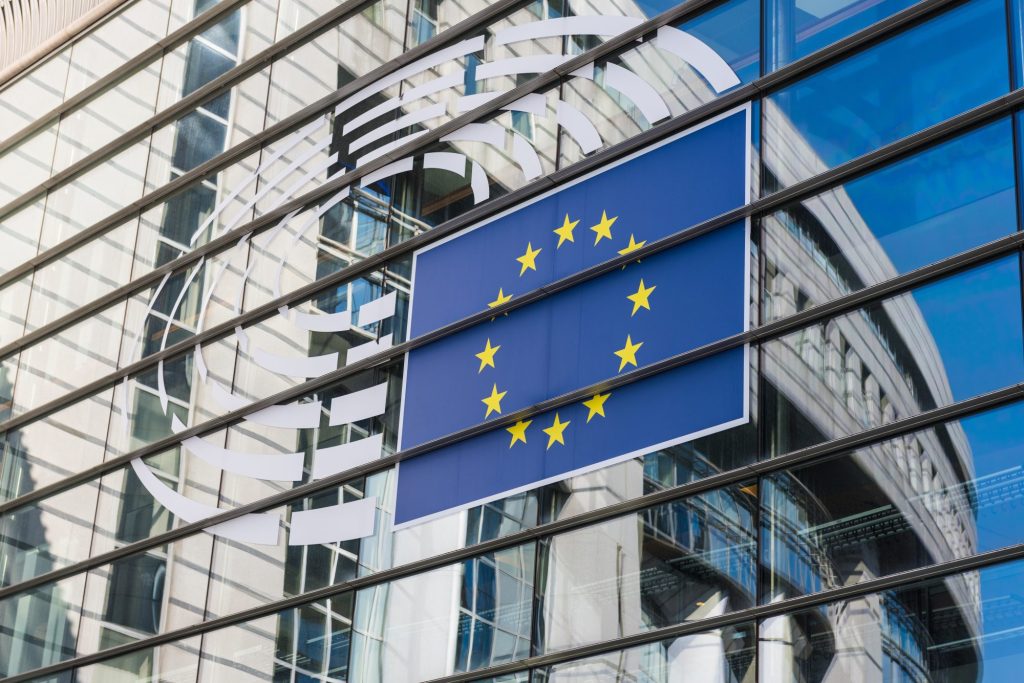
-
- After several years of gradual decline, regulatory and commercial forces are likely to increase carbon credits prices in coming years.
-
- The most recent development comes from the European Union, where member states are considering using credits to hit national targets.
-
- Sophisticated buyers are minimizing the impact of future supply and price challenges by entering into offtake agreements.
The voluntary carbon market has been in a slump. Amid a wave of negative press, the volume of credits traded has declined for three consecutive years, according to Ecosystem Marketplace, an information source for environmental markets. Prices have followed suit: After more than doubling between 2020 and 2022, the average cost of a carbon credit has since declined 14 percent, hitting $6.34 in 2024.
Yet buyers should not assume this state of affairs will persist, according to experts. New sources of demand are poised to disrupt the market, raising the likelihood of substantial price increases, particularly for high quality credits.
“It is definitely worth looking at carbon markets now, because the period of time when there were cheaper options available is probably coming to an end as you see these various demand pools start to kick in,” said Sebastien Cross, chief innovation officer and co-founder at BeZero Carbon, a carbon credit ratings agency.
Four trends to watch
1. Nation states are entering the market
Proposals for an updated EU climate plan, released last week by the European Commission, require member countries to reduce emissions by 90 percent below a 1990 baseline by 2040. Critically for carbon markets, the commission suggested that credits equal to 3 percent of the 1990 total can be used to hit that target.
The commission has not yet specified what kind of credits can be used, but demand from EU countries will likely absorb credits that would otherwise be available to corporate buyers. If countries max out their 3 percent allowance, just over 140 million credits would be used in 2040, according to an analysis of the proposal by the Oeko-Institut, a German research organization. That’s close to half the total number of credits issued in 2024, per Ecosystem Marketplace.
The commission’s proposals now need to be debated by member states. But another international agreement — Article 6 of the Paris Agreement, finalized at last year’s COP negotiations — is already being used by countries to trade credits: Last month, Switzerland and Norway became the first countries to use Article 6 to do so.
2. Compliance markets are spreading
Compliance markets are government-run schemes that require specific sectors to decarbonize and can include credit trading. They used to operate largely independently of the voluntary carbon market, but that’s changing as new compliance schemes pop up around the world.
The spread is driven in part by the E.U.’s Carbon Border Adjustment Mechanism (CBAM), a tax on imported steel and other high-emission commodities that will take effect in January 2026. Companies exporting CBAM goods to Europe can avoid the levy if they have already paid a carbon price at home, which has prompted several countries to set up their own compliance schemes. Many of these allow companies to meet a fraction of their mandatory emissions reduction using carbon credits. In Singapore, the fraction is 5 percent; in Vietnam, 30 percent.
“These are small countries that don’t have that many emissions,” said Anton Root, co-founder of AlliedOffsets, which provides data on carbon markets. “But add them all together and you’re starting to look at the market growing in a pretty meaningful way.”
Japan is one of the largest economies to be developing a compliance scheme. Participation will become mandatory next year, with hundreds of companies accounting for more than half of Japan’s emissions involved. Companies in the scheme can use credits to offset up to 5 percent of annual emissions, which AlliedOffsets estimates could generate demand for around 40 million tons of credits annually.
3. Airlines will have to make big purchases
Airlines from the U.S., Europe and many other countries have to abide by the Carbon Offsetting and Reduction Scheme for International Aviation (CORSIA), which requires them to cap their emissions at 85 percent of 2019 levels. Any growth above that baseline needs to be offset using CORSIA-approved credits.
Based on likely emissions growth in aviation, airlines will require 37-58 million credits to comply in 2026, with the range increasing to 81-130 million in 2030 and 150-230 million in 2035, according to an Allied Offsets forecast shared with Trellis.
CORSIA has been slow to approve credits, prompting fears of price spikes even while demand ramps up. Prices for credits generated by the first project to meet CORSIA quality criteria and issue credits — a forestry scheme in Guyana — have grown from around $5 to more than $20 since the credits were issued in February 2024.
4. Tech is turning to credits to deal with rising emissions
Technology companies have set some of the most ambitious emissions reductions targets, but the need for new data centers to power AI products is one of several factors making those targets look increasingly hard to hit. Google’s footprint has grown by a half compared to its 2019 baseline; Microsoft, which wants to be carbon negative in 2030, has seen emissions grow 30 percent since it announced that goal in 2020.
Among the tech giants, Microsoft has been clearest in stating the role that credits will play in 2030: it expects to use “single-digit millions” of credits annually to meet that commitment, Brian Marrs, the company’s senior director of energy and carbon removal, told Trellis in April.
Other tech companies have been more cagey about future use of credits, but they’re also buying. Two recent purchases from forestry projects will bring Meta more than 3.5 million credits, and Amazon is a co-founder of the LEAF Coalition, which brings together governments and companies to combat deforestation. The coalition’s biggest deal to date is a $180 million investment in the Brazilian state of Pará that will generate 12 million credits.
How buyers are reacting
With prices set to rise and supply of higher-quality credits limited, some companies are moving to secure offtake agreements for future projects. Microsoft is again the highest-profile example. “Nearly 100 percent of the carbon removal purchases announced in our current fiscal year will be delivered between 2030 and 2050 via long-term offtake agreements,” said Marrs. “We’re not looking at this sustainability report to sustainability report.”
Cross has seen that trend reflected at BeZero, where the bulk of the company’s work is now in helping clients assess projects prior to any credits being issued, rather in helping buyers in spot markets. “Given the state of the market today,” he said, “there are some cheap hedges available relative to where you’d expect to see carbon prices get to.”

Subscribe to Trellis Briefing
Featured Reports

The Premier Event for Sustainable Business Leaders

